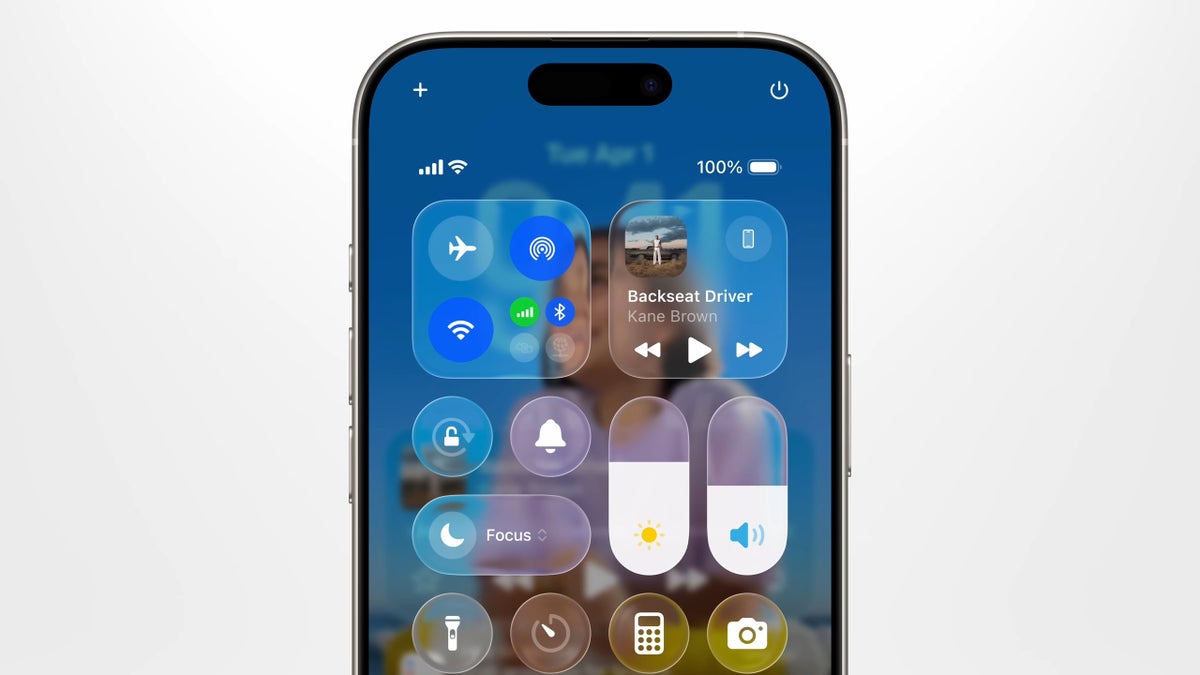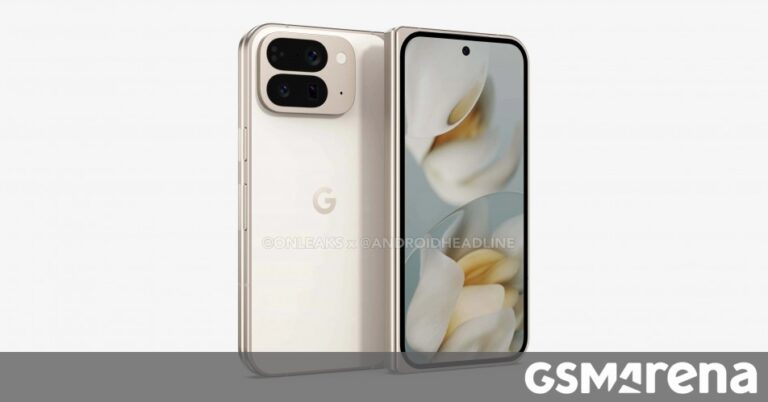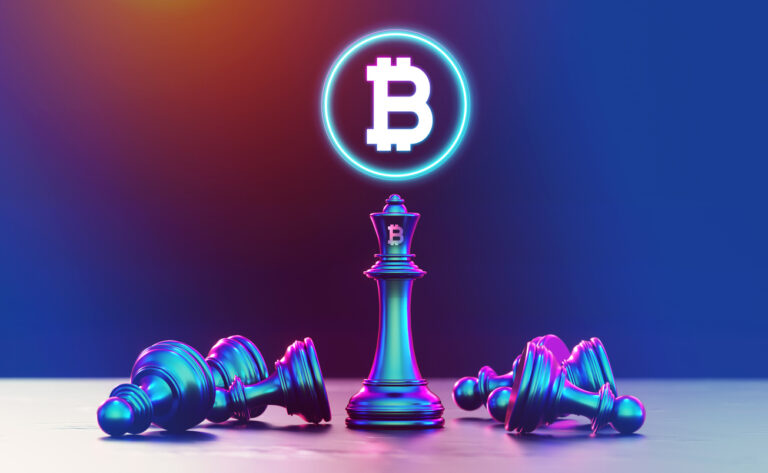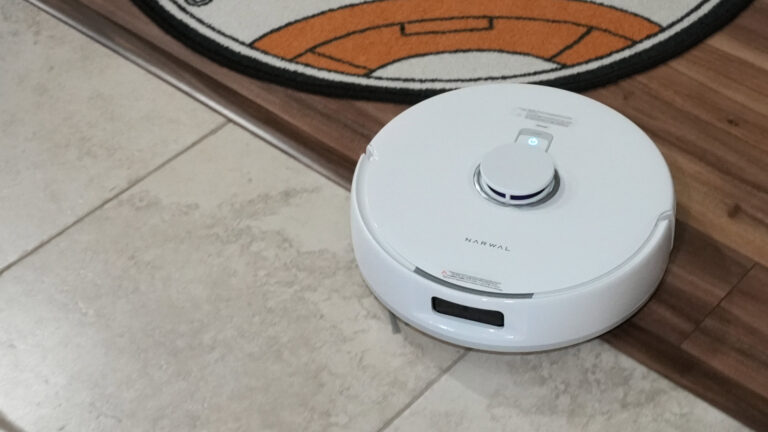Apple’s Craig Federighi shares why iOS 26 adopted Liquid Glass for iPhone
Apple executive Craig Federighi sat down for an interview after the event, and one of the things he talked about was the inspiration behind the new look for iOS 26. What exactly prompted Apple to use glass as the basis for iOS, and did this inspiration start before or after visionOS?
Craig talked about how the use of glass-like surfaces in visionOS for the Apple Vision Pro served two purposes. For starters, it looked stunning, and was easily one of, if not the most refined user interface on an MR (Mixed Reality) headset.
But another major reason for the design of visionOS was that the glass surfaces gave users the illusion that the virtual elements weren’t taking up too much space in their surroundings. This design philosophy carries over to iOS 26, where Federighi believes that the glass surfaces provide a more open experience.
Apple has boasted about the various operating system upgrades across its portfolio that use Liquid Glass to let more context through. The idea is that the user can always see what their UI is being presented over, and that the content on the screen always remains in focus.

Apple showed off Liquid Glass for iOS 26 and other operating systems at WWDC. | Video credit — Apple
Craig also talked about how Apple had begun experimenting with translucent surfaces all the way back in 2013 with iOS 7, which was the company’s last major redesign. Glass sort of became something that Apple knew it would one day incorporate more of in iOS. So the company pulled all the stops, crafted a meticulously detailed new look, and brought it to every OS it had.
Liquid Glass has seen mixed reception since users have installed the iOS 26 beta. It looks stunning when it works right, but a lot of the time the UI becomes illegible. Furthermore, the processing required for all of the effects that Liquid Glass simulates has led to a laggy experience overall.
Apple should be able to fix these issues before the public release of iOS 26 this fall, though that might require some sacrifices for the eye candy that the company has designed.






